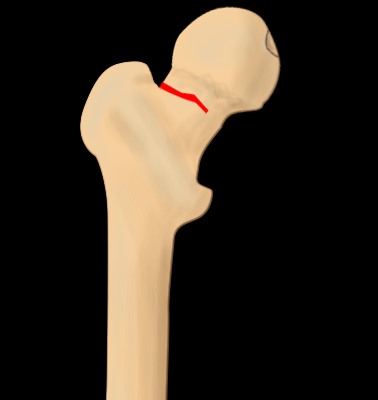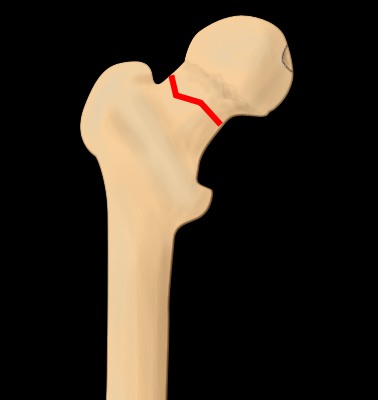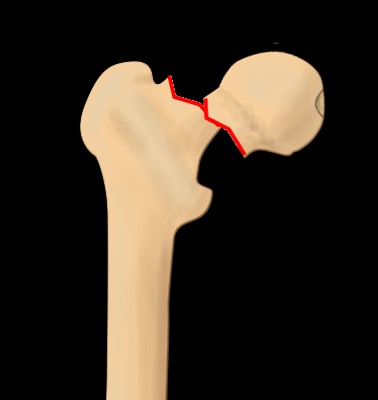Garden classification of femoral neck fractures - hip fracture
Garden classification is the most commonly used classification system for femoral neck fractures. It was devised in 1961 by a British orthopaedic surgeon, who divided them into four stages according to displacement of fragments. It is considered superior to Pauwels classification.
| Stage | Description |
|---|---|
| Garden I | Incomplete fracture - usually impacted valgus fracture |
| Garden II | Complete fracture - undisplaced |
| Garden III | Complete fracture with partial displacement |
| Garden IV | Complete fracture with full displacement |
References:
1. Garden, R.S. Low-angle fixation in fractures of the femoral neck. J Bone Joint Surg Br. 1961;43-B:647–63.
2. Frandsen PA, Andersen E, Madsen F, Skjodt T. Garden’s classification of femoral neck fractures. An assessment of inter-observer variation. J Bone Joint Surg Br. 1988 Aug 1;70-B(4):588–90.
3. Parker MJ. Garden grading of intracapsular fractures: meaningful or misleading? Injury. 1993 Apr;24(4):241–2.
4. Thomsen NOB, Jensen CM, Skovgaard N, Pedersen MS, Pallesen P, Soe-Nielsen NH, et al. Observer variation in the radiographic classification of fractures of the neck of the femur using Garden’s system. International Orthopaedics SICOT. 1996 Oct 1;20(5):326–9.
5. Zlowodzki M, Bhandari M, Keel M, Hanson BP, Schemitsch E. Perception of Garden’s classification for femoral neck fractures: an international survey of 298 orthopaedic trauma surgeons. Arch Orthop Trauma Surg. 2005 Sep 1;125(7):503–5.
Images:
Garden I to IV (left to right)




